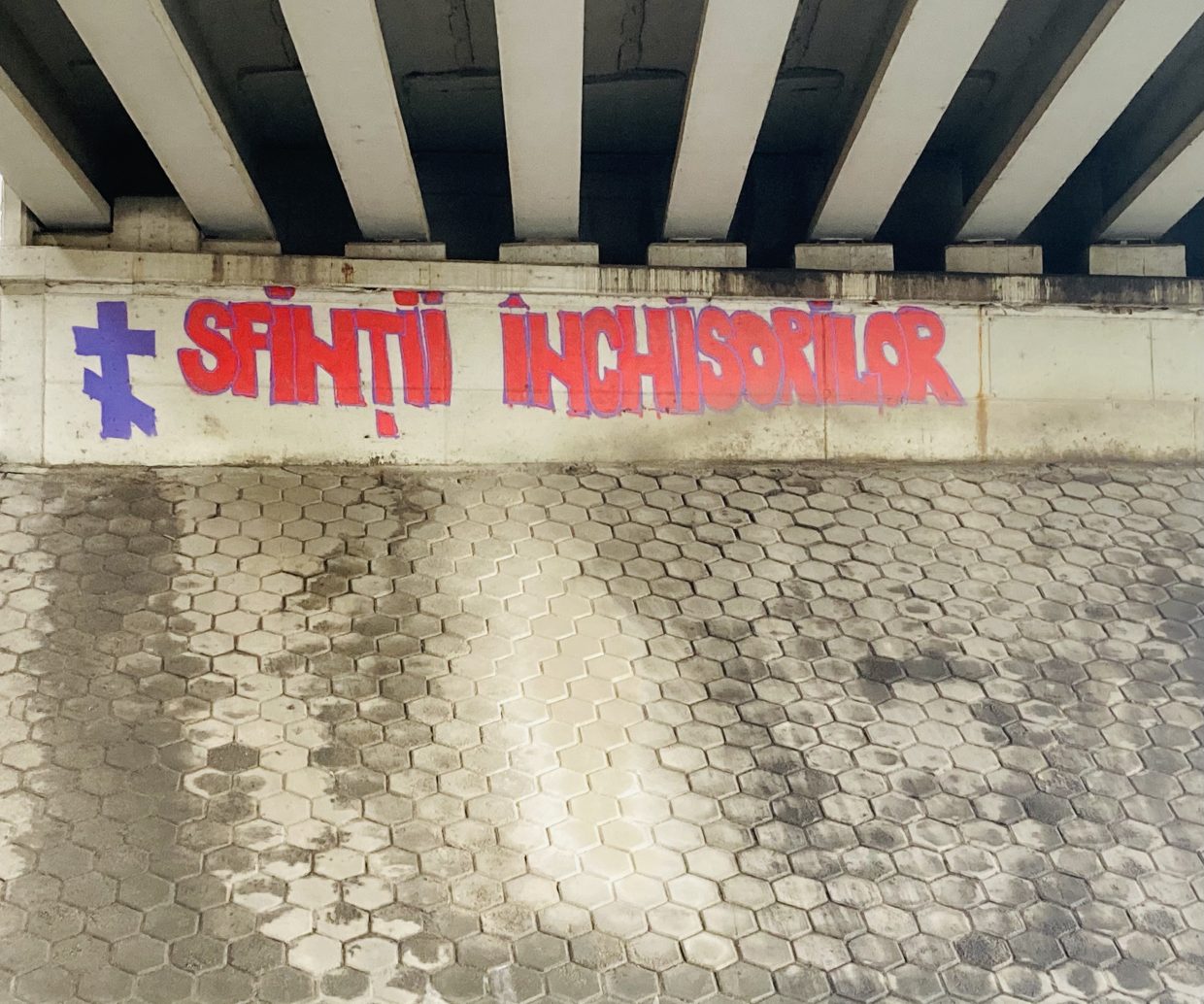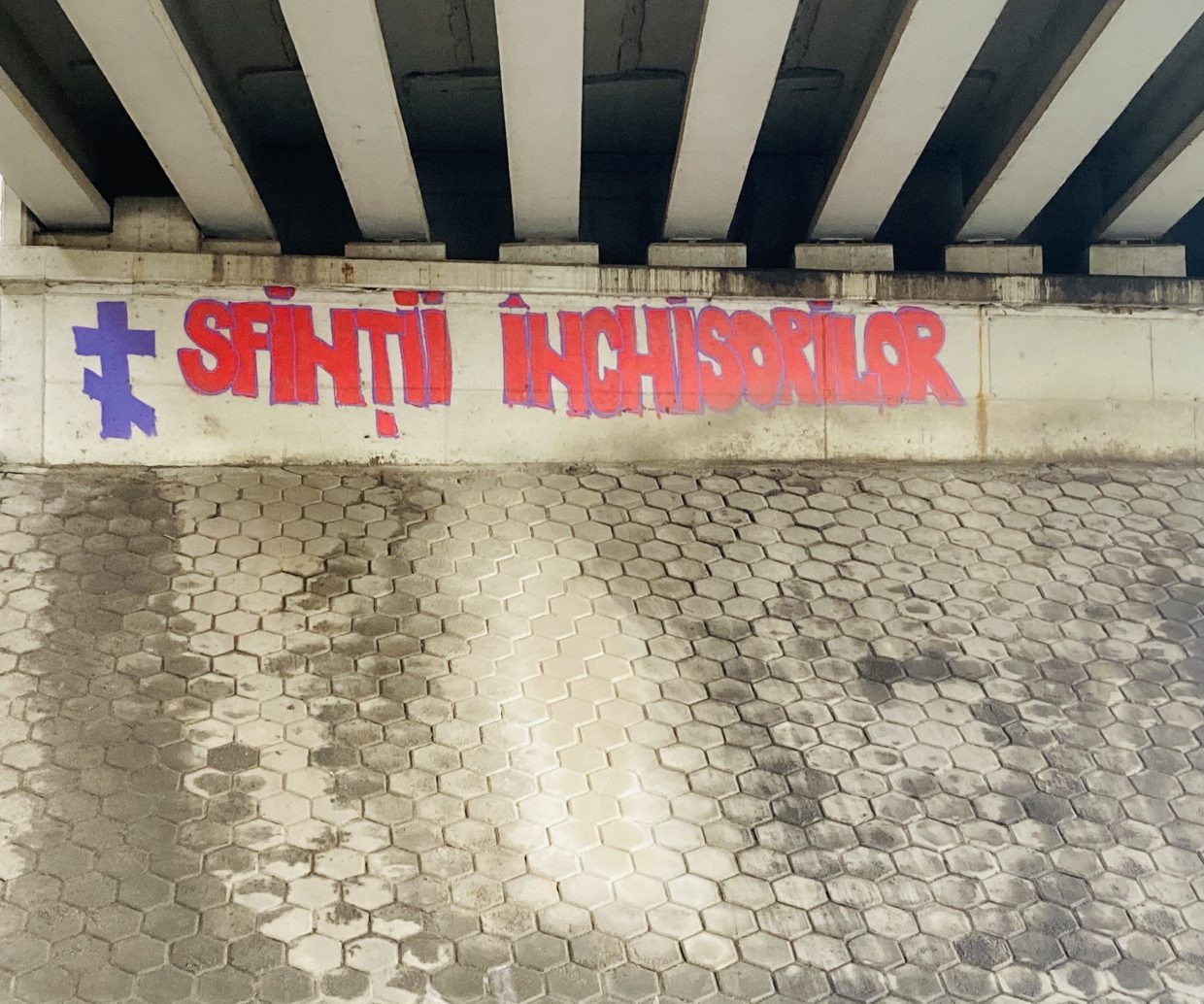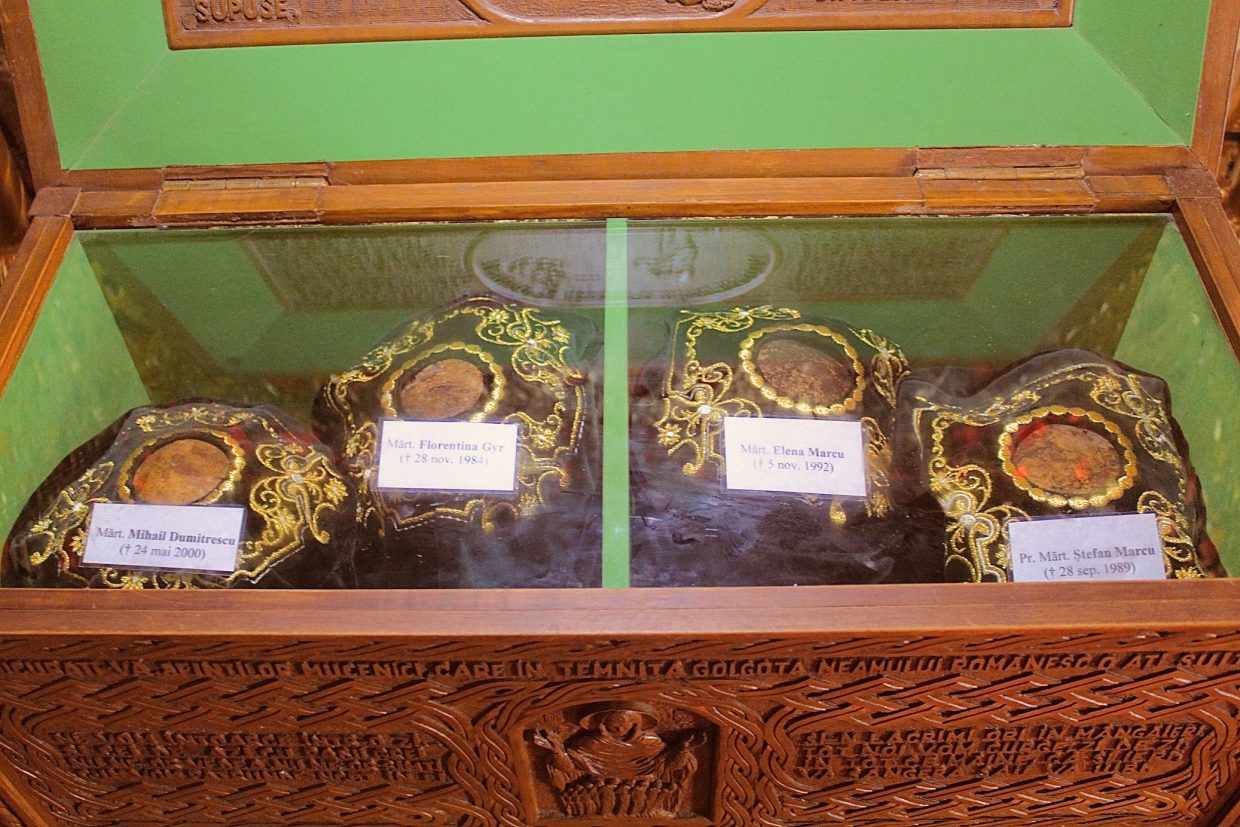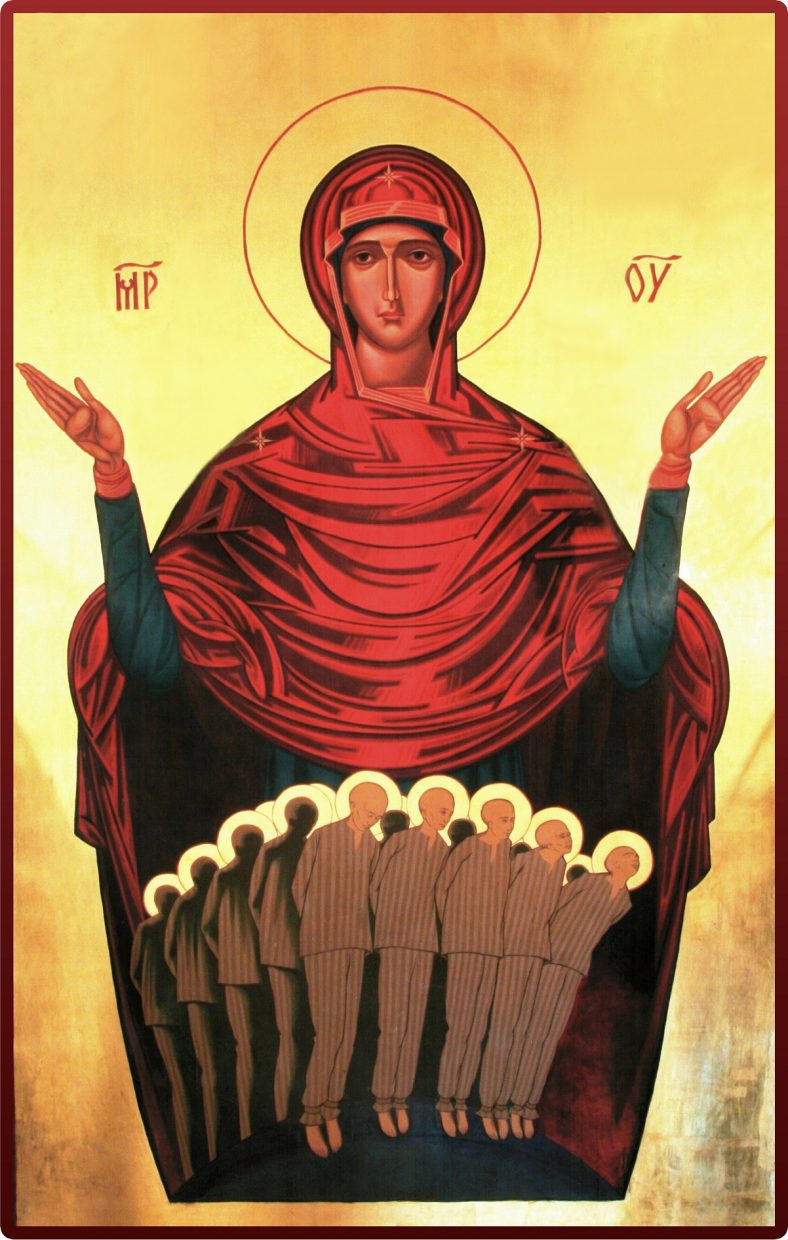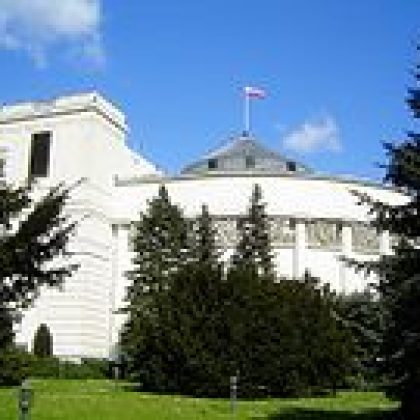Constructing fascist hagiographies: The genealogy of the prison saints movement in contemporary Romania
This accompanies Ionuț Biliuță’s Contemporary European History article Constructing Fascist Hagiographies: The Genealogy of the Prison Saints Movement in Contemporary Romania
At the end of the general elections in Romania (6 December 2020), the Alliance for the Unity of Romanians (AUR), with self-declared fascist affinities, won 9% of the electoral vote. One of its co-presidents, Claudiu Târziu (born in 1973), was elected in the Romanian Senate. Previously, as the Rost Association’s president, Târziu worked tirelessly to promote the young fundamentalist milieus of the Romanian’s virtues of the interwar Iron Guard’s religious fascism. In the form of the cult of fascist martyrs deceased in the Communist prisons depicted as martyr-saints of the Romanian Orthodox Church, fascist religiosity spread among the monastic and fundamentalist milieus associated with the Romanian Orthodox Church who supported the emergence and the electoral success of AUR frantically. The article unravels AUR’s fascist origins that stem from the interwar and through the communist regime up to the present day. Against mainstream historiography of fascism, the text shows how under the religious form, the fascist cult of martyrs and the Iron Guard’s hybrid religiosity survived both the Second World War and the Communist prisons. The ‘vicarious memory’ ensured the translation of fascist ideas regarding religious martyrdom for fatherland among various generations. Coupled with antisemitism, the need for economic autarchy and ultranationalism, the twisted devotion towards fascist martyrs envisaged as martyr-saints of the Orthodox Church evolved into one of the cornerstone ideas for post-communist generation radical right-wing intellectuals. ‘The saints of the Communist prisons’ movement launched in 2007 as a public appeal for the canonization of the fascists deceased in the communist prisons as saints of the Orthodox Church underwent several permutations that intertwined popular religion with political ideas. Initially, a religious group inside the Orthodox Church made up of Orthodox monks (Fr. Justin Pârvu, Fr. Arsenie Papacioc, Fr. Adrian Făgețeanu), priests (Fr. Gheorghe Calciu-Dumitreasa), and laymen organized in various associations and publishing houses (Rost, Sfinții Martiri Brâncoveni, Areopag, Christiana, Fundația Justin Pârvu) holding ultranationalist views the movement evolved in the late 2010s into a political party. In AUR’s electoral offer, together with blatant xenophobia, Euroskepticism and the return to the Romanian Orthodox Church’s conservative values, these ideas resurfaced in the post-Communist years, gaining electoral traction among the traditional Romanian milieus. AUR appropriated the paraphernalia and the very message of the ‘saints of the communist prisons’ movement and turned it into an electoral advertisement for the party’s candidates in 2020’s general elections.
